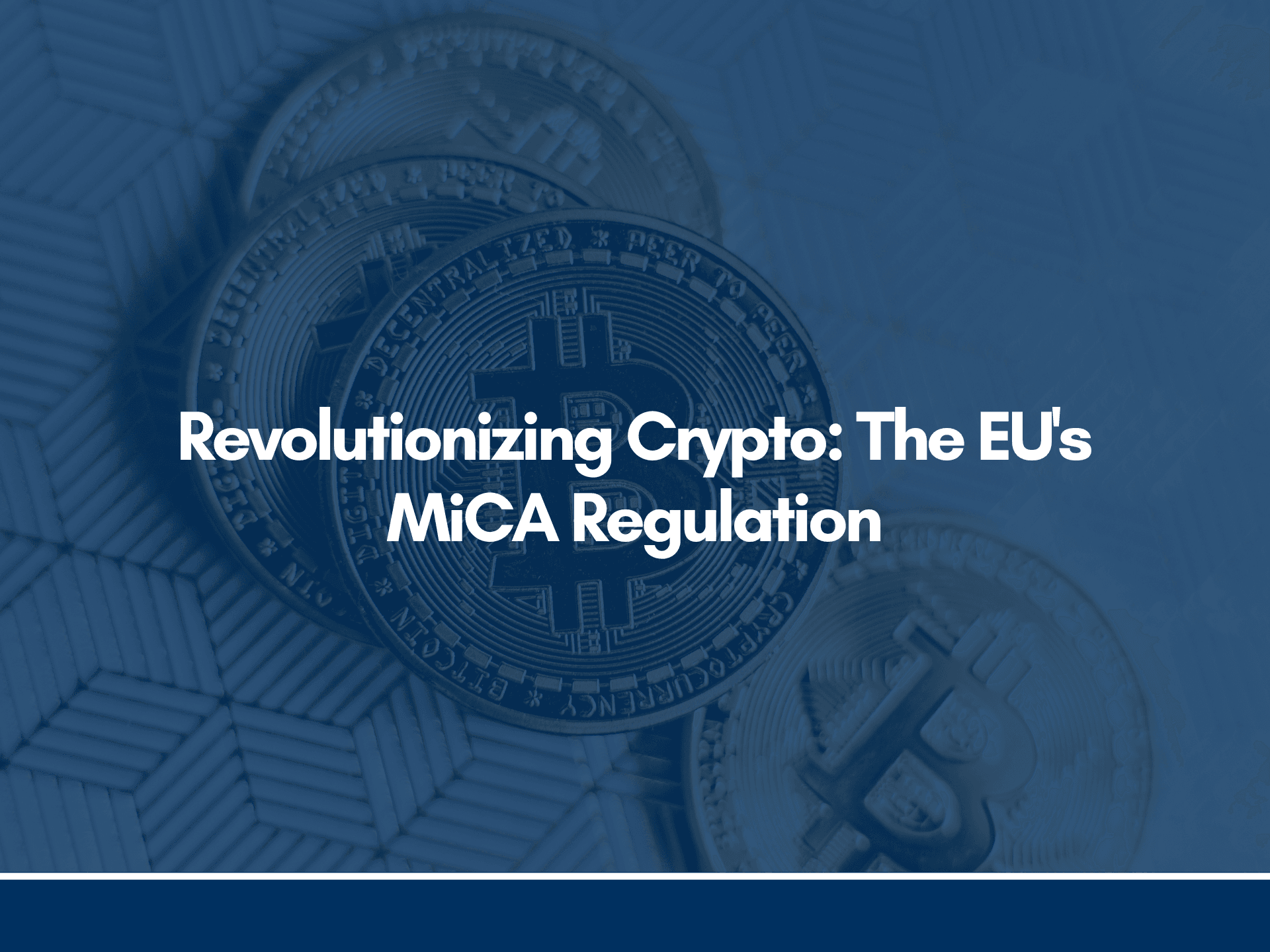Table of Contents Show
Know Your Customer (KYC) processes have transformed into a dynamic function driven by technology that serves as the foundation for financial compliance, risk management, and enhancing customer experience in 2025.
Financial institutions now have to navigate ever-changing regulatory demands while adapting to advanced fraud methods and heightened customer needs, which leads to the traditional KYC system being replaced by smarter, adaptable solutions.
This document describes essential elements of contemporary KYC approaches, explores emerging innovations, and demonstrates how banks can establish sustainable compliance systems that operate independently from any particular vendor or solution.
Key Components of a Modern KYC Program
1. Customer Identification Programmes (CIP)
Today, effective identity verification requires delivering a seamless and secure onboarding process that maintains compliance standards.
The advanced 2025 Customer Identification Program includes:
- Live verification processes
- Document authentication
- Multi-factor identity checks (including biometric validation when needed)
Banks that maintain robust identity assurance during streamlined onboarding procedures achieve greater customer trust and experience reduced abandonment rates.
2. Customer Due Diligence (CDD) and Enhanced Due Diligence (EDD)
CDD and EDD remain fundamental processes for assessing customer risk during both the initial onboarding phase and the entire customer lifecycle.
This includes:
- Sanctions screening
- Politically Exposed Persons (PEP) checks
- Jurisdictional risk reviews
- Ongoing activity monitoring
Contemporary KYC solutions combine these verification checks with live data streams and evolving scoring models that adapt based on customer activity.
Automated enhanced due diligence processes must be initiated when high-risk situations arise.
3. Perpetual KYC (pKYC)
Periodic reviews are no longer sufficient. pKYC ensures proactive risk management and early detection of suspicious changes through continuous monitoring of customer data and behavior.
AI-powered platforms support pKYC by:
- Unifying identity and transaction data
- Automating updates based on trigger events
- Prioritising alerts based on materiality and relevance
Continuous monitoring closes compliance gaps while enhancing the ability to respond to new risks.
Navigating the Technology Landscape: Unified vs. Specialised KYC Systems
Today’s market conditions force financial institutions to decide between purchasing a single comprehensive KYC platform or using multiple specialised systems.
Each approach has its strengths:
- Unified platforms
- Best for large institutions handling significant volumes
- Deliver streamlined vendor management through centralised workflows
- Specialised systems
- Offer advanced functionality in specific domains (e.g., biometric verification, sanctions screening)
- Provide greater agility in addressing emerging threats
Banks should examine their internal resources, risk levels, and integration adaptability before settling on an operational strategy.
Hybrid models that combine unified platforms with high-quality niche solutions are increasingly viable.
Decentralised Identity (DCI): The Future of Trust and Privacy
Decentralised Identity (DCI) stands as one of the most significant developments in KYC technology.
DCI differs from traditional models that rely on centralised databases. It allows customers to manage and reuse verified credentials across institutions, which cuts onboarding time and improves privacy.
Benefits of DCI:
- Minimized data duplication
- Improved security through cryptographic assurance
- Compliance with GDPR and global data privacy standards
- Tamper-resistant, portable identity
Banks implementing DCI frameworks early—like those being piloted in the EU and India—gain a compliance and customer experience advantage.
Artificial Intelligence (AI) in Real-Time Risk Assessment
AI is transforming compliance strategies in financial institutions.
AI-driven KYC solutions offer:
- Real-time anomaly detection
- Dynamic customer profiling
- Faster decision-making and triage
- Reduced manual workload and fewer false positives
AI improves the quality of pKYC by:
- Continuously analysing behavioural data
- Detecting changes in customer risk profiles
- Supporting early intervention on discrepancies
Banks should ensure transparency and auditability in AI decision-making processes as frameworks like the EU AI Act evolve.
Implementation Considerations for 2025
To successfully modernise KYC, financial institutions must:
- Prioritise regulatory alignment across jurisdictions
- Ensure scalability for future compliance demands
- Embrace automation and system integration to reduce operational silos
- Establish governance structures to support the implementation of AI and decentralised identity
Postponing modernisation efforts exposes banks to:
- Compliance penalties
- Increased fraud risk
- Erosion of customer trust
Final Thoughts from BeVerified.org
KYC has entered a new era—defined by speed, intelligence, and continuous monitoring.
Banks that embrace this new standard will:
- Strengthen compliance
- Improve operational efficiency
- Deliver a more trusted, customer-centric experience
Whether you’re a regional institution or a Tier 1 bank, your 2025 KYC strategy must be:
- Future-ready
- Resilient
- Data-driven
The technology is ready. The frameworks are forming.
The only question is—how fast will your institution adapt?
BeVerified.org provides ongoing guidance for building scalable, standards-aligned compliance frameworks for a digital financial ecosystem.




